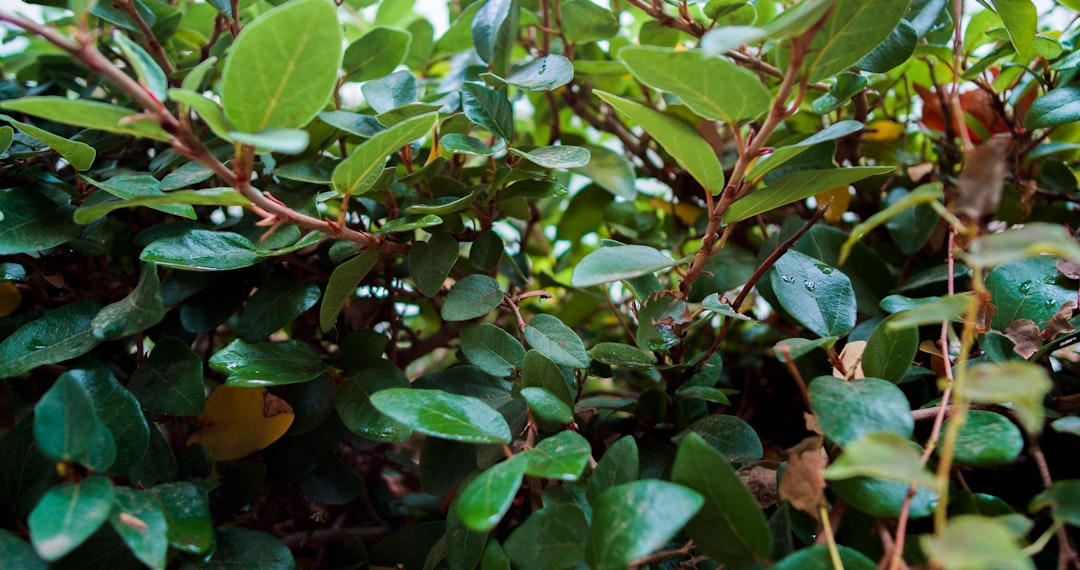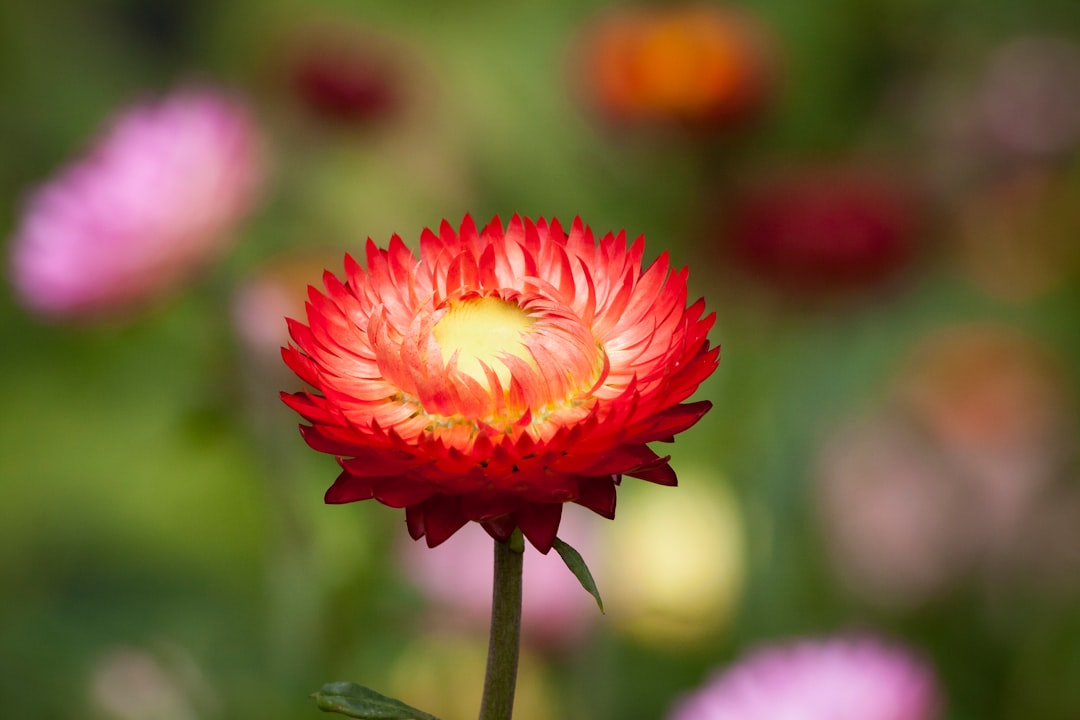Ornamental grasses are a wonderful addition to any garden. They bring a unique texture and movement, swaying gently in the breeze, adding a touch of elegance to the landscape. One of the most appealing aspects of these plants is that they don't need much maintenance. However, to keep these tough perennials looking their best year after year, there are some simple steps you can follow.
First and foremost, understanding the nature of ornamental grasses is crucial. These perennials come in a wide variety of species, each with its own characteristics. Some are tall and wispy, while others are short and compact. Some thrive in full sun, while others can tolerate partial shade. Before you plant them, it's important to research the specific needs of the type of ornamental grass you've chosen. This will ensure that they are placed in the right location in your garden, where they can receive the appropriate amount of sunlight and water.
When it comes to watering, ornamental grasses are generally quite drought - tolerant. Once they are established, they don't require frequent watering. Over - watering can actually be harmful, as it can lead to root rot. In the first year after planting, it's a good idea to water them regularly to help them develop a strong root system. But after that, you can cut back on watering. A deep watering once every two weeks during dry spells is usually sufficient. You can also mulch around the base of the grasses to help retain moisture in the soil and suppress weeds.
Pruning is another important aspect of maintaining ornamental grasses. Most ornamental grasses should be pruned in late winter or early spring, before new growth begins. Use sharp pruning shears to cut the grasses back to about 3 - 6 inches above the ground. This not only helps to keep the plants looking tidy but also encourages new, healthy growth. Some grasses may need to be divided every few years. Dividing the clumps helps to rejuvenate the plants and prevent overcrowding. You can do this by digging up the clump, separating it into smaller sections, and then replanting them in the garden.
Fertilizing is not always necessary for ornamental grasses. In fact, too much fertilizer can cause the grasses to grow too quickly and become weak and floppy. If your soil is poor, you can apply a slow - release, balanced fertilizer in the spring. But in most cases, these tough perennials can thrive without additional fertilization.
Another benefit of ornamental grasses is their ability to attract wildlife. Birds are often attracted to the seeds of these grasses, and they can provide a valuable food source. Butterflies and other pollinators may also visit the flowers of some ornamental grasses. So, by including these plants in your garden, you're not only creating a beautiful landscape but also supporting the local ecosystem.
When it comes to pests and diseases, ornamental grasses are relatively resistant. However, they can sometimes be affected by fungal diseases, especially in wet conditions. To prevent this, make sure there is good air circulation around the plants. If you notice any signs of disease, such as discolored leaves or spots, you can remove the affected parts of the plant and treat it with a fungicide if necessary.
In conclusion, ornamental grasses are a great choice for any gardener, whether you're a beginner or an experienced pro. With their low - maintenance requirements and beautiful appearance, they can enhance the beauty of your garden for years to come. By following these simple steps, you can ensure that your ornamental grasses remain healthy and vibrant, adding a touch of natural charm to your outdoor space.




















